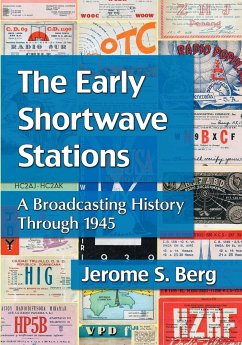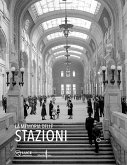In July 1923, less than three years after Westinghouse station KDKA signed on, company engineer Frank Conrad began regular simulcasting of its programs on a frequency in the newly-discovered shortwave range. It was an important event in a technological revolution that would make dependable worldwide radio communication possible for the first time. In subsequent years, countless stations in practically all countries followed suit, taking to shortwave to extend reception domestically or reach audiences thousands of miles away. Shortwave broadcasting would also have an important role in World War II and in the Cold War. In this, his fourth book on shortwave broadcast history, the author revisits the period of his earlier work, On the Short Waves, 1923-1945, and focuses on the stations that were on the air in those early days. The year-by-year account chronicles the birth and operation of the large international broadcasters, as well as the numerous smaller stations that were a great attraction to the DXers, or long-distance radio enthusiasts, of the time. With more than 100 illustrations and extensive notes, bibliography and index, the book is also a valuable starting point for further study and research.








